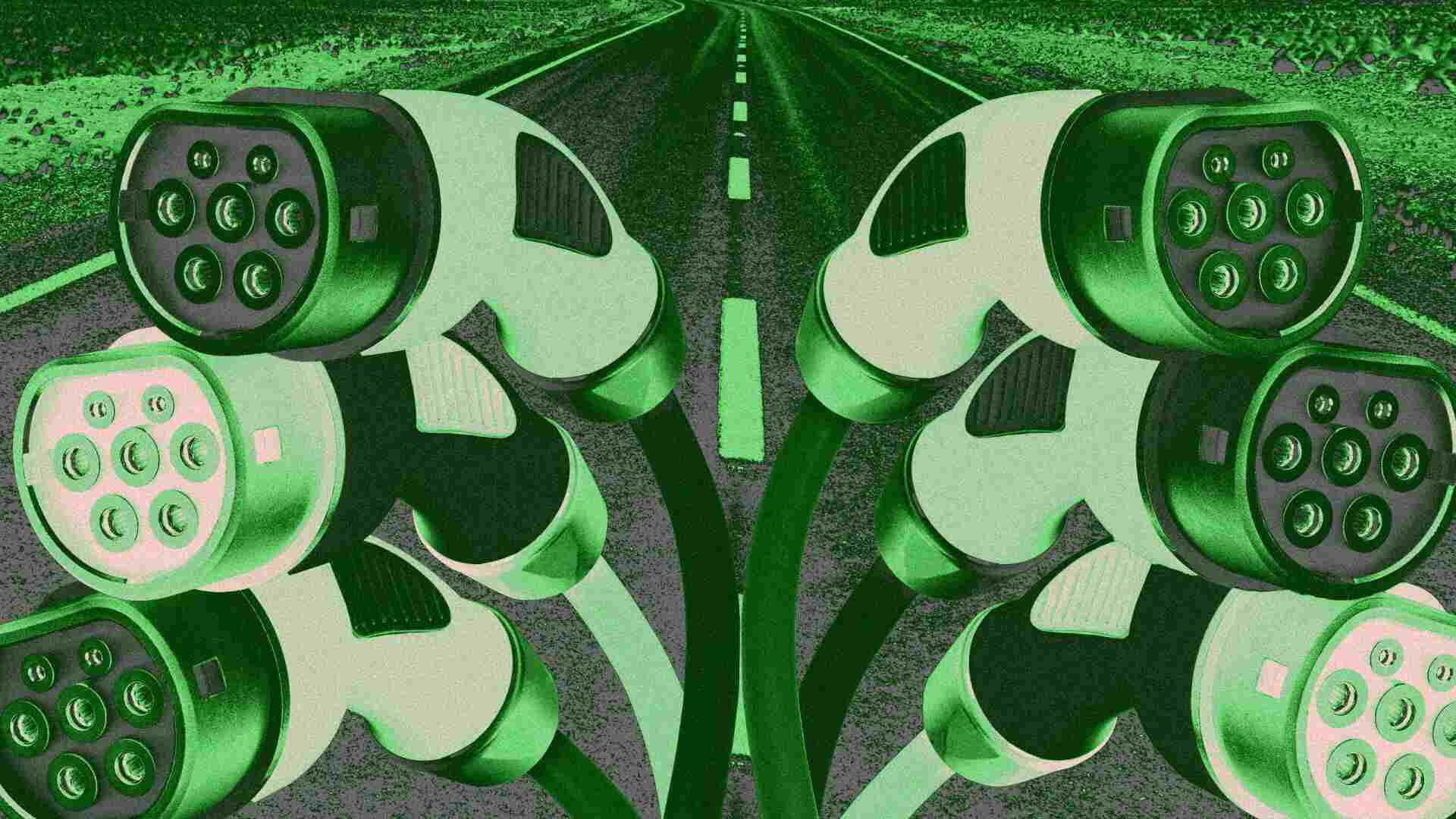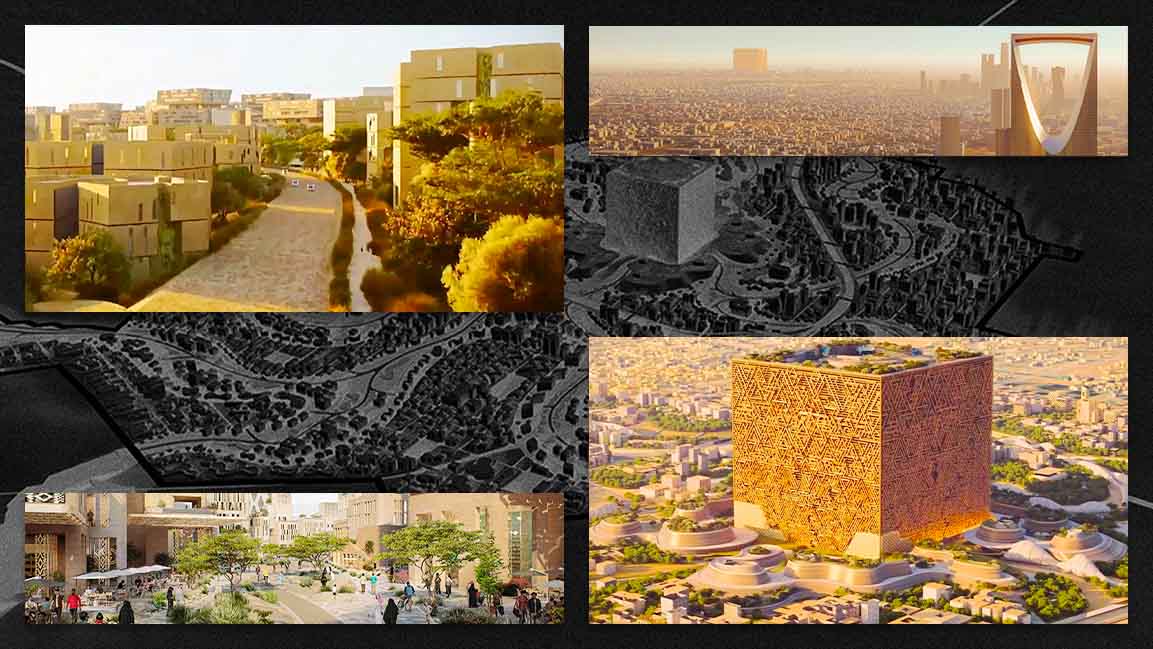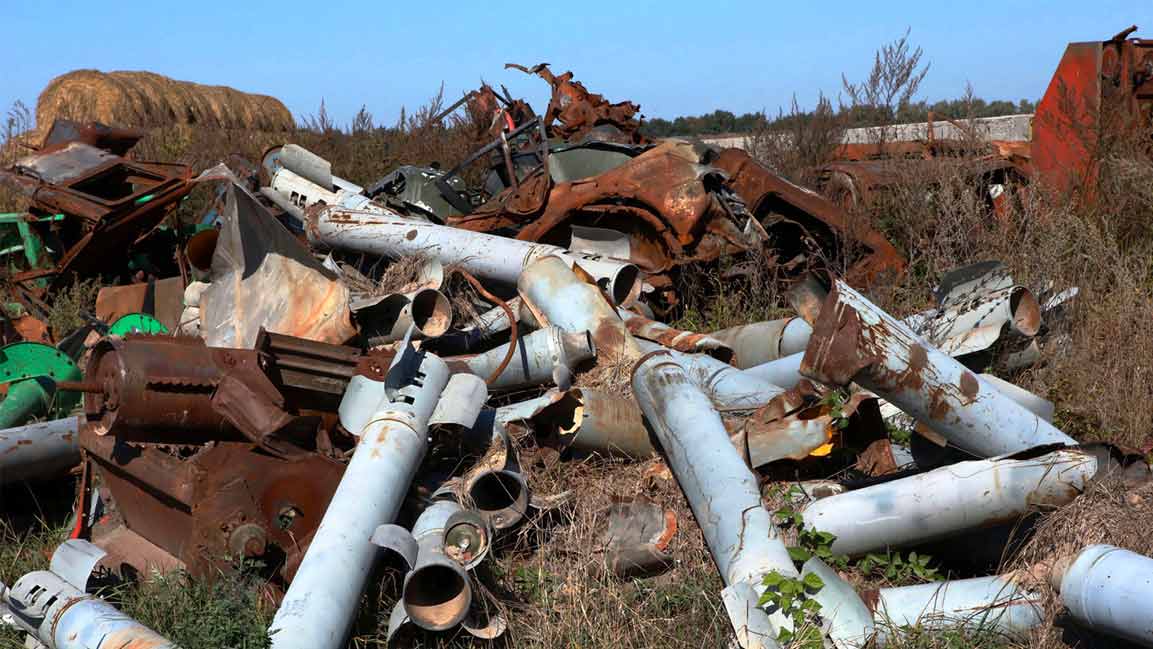- | 8:00 am
Why Tesla’s supercharger shakeup won’t slow down the EV charger rollout
This week, Elon Musk laid off Tesla’s charging team. But the U.S. is on track to build enough to meet demand anyway.

Two and a half years after the Bipartisan Infrastructure Law set aside $7.5 billion to build a network of new charging stations for electric cars, only a handful have been built. Tesla just laid off hundreds of people on the team working on its Supercharger network; Elon Musk said that the network would continue to expand, but more slowly. The big question is whether EV charging infrastructure will grow quickly enough for the transition to electric cars.
Right now, the U.S. has around 161,000 public charging ports. By 2030, according to a National Renewable Energy Laboratory study, we’ll need 1.2 million to meet demand from EVs, plus another 28 million charging ports at homes. The Biden administration has a goal to build half a million public charging ports in the next six years.
CHARGERS ARE ON TRACK TO MEET DEMAND
That goal is a huge undertaking—but it’s actually pretty much on track to happen. The Biden administration expects to hit 500,000 public charging ports, both fast and slow, by 2026.
By 2032, when the strictest new EPA fuel standards have kicked in, there could be 55 million electric cars on the road, according to a recent report from the International Council for Clean Transportation. (Right now, there are only around 2.4 million.) It added up all of the plans for new chargers—from states to Walmart adding charging ports in parking lots. It estimated a need for even more chargers by that year—3.7 million slower “Level 2” public chargers, 136,000 public fast chargers, and 40 million chargers at homes and apartment buildings. But it found that we’re likely to have almost all of that charging capacity if things continue at the current pace.
Though federal funding has been rolling out slowly, that’s set to quickly accelerate. The first chunk of funding is helping build a network of fast charging stations near highways throughout the country, called NEVI. States had to write plans, get them approved by the Department of Transportation, get bids from contractors, and then finally start building the stations.
“Transportation agencies are engineering-focused institutions, and they spend more time than the average person on planning,” says Nick Nigro, founder of Atlas Public Policy, a firm that analyzes transportation. “The first 12 to 18 months of NEVI was just that—ramping up, hiring people, building capacity. What transportation agencies are also very good at as engineering institutions is putting money out into the street and building infrastructure. So, I would expect before the end of this year that most states will have live stations or stations under construction.” The funding should ultimately build around 5,000 fast charging stations with 20,000 charging points.
Tesla was contracted to build some of that new equipment. Now that the company is pulling back on charging infrastructure, there’s some question about what it will actually end up building and how quickly. But other EV charging companies can start to fill any gaps, Nigro says. “It provides some space for other companies to take that mantle and run.”
EV CHARGING INFRASTRUCTURE DOESN’T HAVE TO BE AS UBIQUITOUS AS GAS STATIONS
For most drivers, a typical day might involve driving a short distance to work and to run a few errands. A new EV might have 200 or 300 miles of range before it needs to be recharged (or more: the Lucid Air can go for 410 miles). Someone who can plug in to charge at home or work, taking advantage of all of the hours that their car is parked, might rarely need a public charger. “Fewer than 5% of charging trips are likely going to be at public fast chargers for any average person,” says Nigro.
That’s not true for everyone: Apartment dwellers often can’t plug in overnight, though a growing number of landlords are installing chargers. And right now, strong networks of public chargers are available in some areas and not others. Still, even when drivers can easily charge at home, the perceived lack of chargers is often a barrier to buying electric cars.
One McKinsey survey found that 42% of “EV skeptics” would only consider an EV if there are as many public chargers as gas stations. The public chargers that exist now often aren’t as obvious—they’re in parking lots at grocery stores, for example. “Awareness of infrastructure on daily or weekly travel routes is very, very highly correlated to interest in electric vehicles or future purchases of electric vehicles,” says Albert Gore, executive director of the nonprofit Zero Emission Transportation Association. “But often, these charging stations aren’t necessarily located on the corner of every intersection and aren’t as highly visible as gas stations.”
That perception can change as more Americans start to know people with electric cars and understand how the experience can be different than owning a gas car. (That experience can be better: If someone can charge in their own garage most of the time, using cheap electricity, they’ll gain back time that used to be spent driving to a gas station and waiting.)
HOW PUBLIC CHARGING IS GROWING
At the same time, public charging needs to grow significantly to meet the needs of anyone who can’t plug in at home or work or who needs to drive farther than usual. Another chunk of federal funding began to roll out in January for thousands of additional charging stations. Some will go in neighborhoods with many multifamily buildings where people can’t charge at home. Some will be installed at libraries, schools, office, parks, and other community hubs. More will also be added along highways, so it’s easier to take long trips. That’s on top of thousands of chargers that are being built by private companies.
New approaches can help speed it up more. Some companies are finding ways to build chargers more quickly, like Voltpost, a startup that retrofits street lights to double as EV chargers. Cities and states can work with utilities to help streamline permits, identify eligible locations for chargers in advance, and partner with apartment building owners to scale up charging options.
It’s critical that the new chargers work reliably. One study that tested every public charger in the Bay Area found that more than a quarter of the stations had a flaw. Some had broken screens. Others couldn’t take payment. In some cases, the charging cable couldn’t reach the car’s charging port. A national survey also found that it was common for EV drivers to encounter problems with chargers. The new government funding could help, because it comes with requirements that chargers work 97% of the time.
Just seeing more chargers could make a difference in whether car buyers choose an electric car—whether or not they often need a public charger. “The perceived value of it is actually quite significant, which is why the Tesla Supercharger Network was so important to the early days of Tesla,” says Nigro. “Right now, people don’t know how much infrastructure is needed. They just think there isn’t enough. So if they begin to see more infrastructure being built, whether or not they need that infrastructure for their own use, they’ll feel confident that they can own and operate an EV.”
It’s only one factor in whether people go electric. “Our research shows that the EV market and charging infrastructure deployment grow in unison,” says Peter Slowik, the U.S. passenger vehicles lead at the ICCT. “But charging infrastructure alone is insufficient to grow the market at the pace and scale needed to meet our goals.” It’s also critical, he says, that the number of EV models quickly grows—including a better selection of smaller, cheaper electric cars. “We’ll never meet our goals if automakers don’t manufacture and sell more EVs in higher volumes, no matter how much charging there is.”







































